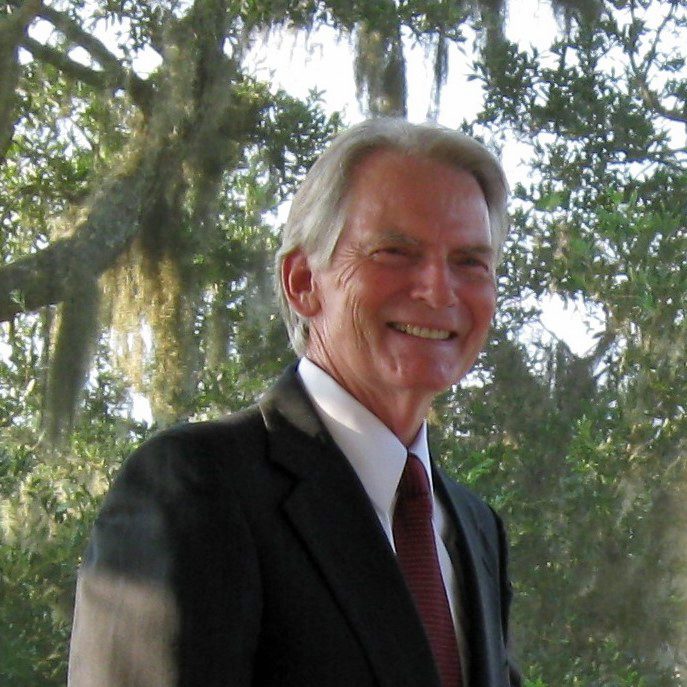
George Edwin Lord, in uniform (circa 1870s)
Photo by David Francis Barry, Denver Library Digital Collections
About the Author

Battery Lord has an interesting, if not tragic, history and was part of the Fort Moultrie interpretation until the early 1970s. (see Unigrid 1972) It was named after Lt. George Edwin Lord, an army surgeon who died at the battle of the Little Big Horn on June 26, 1876. Recently, FCNP Board member Russell Horres journeyed to the battle site to learn more about Lt. Lord and where he died. George was born in Boston in 1846. He attended Lewistown Falls Academy in Auburn Maine and Bowdoin College. He earned a doctor of medicine degree in 1871 from the Medical College of Chicago (now Northwestern Medical School). Not one to be confined to a medical office, Dr. Lord enlisted in the US Army after medical school and was assigned to the 6th Infantry stationed at Fort Buford, North Dakota Territory, near the confluence of the Yellowstone River with the Missouri River.

1972 Unigrid
To locate the native Americans they were pursuing, General Alfred Terry, who fought on Morris Island during the Civil War, decided to send Col. George Armstrong Custer on a scouting expedition leaving Terry and the infantry to move west along the Yellowstone River. General Terry assigned Lt. Lord to the 6th Calvary as one of their three medical officers. The overland journey from Fort Buford had exposed the troops to bad water sources and Lt. Lord was suffering from the effects. Lord was given the opportunity to remain in camp rather than join Custer’s expedition but he refused, a fateful decision. Custer began his expedition on June 22 and on the morning of June 25, his scouts located an encampment along the Little Big Horn about 13 miles ahead. Custer decided to press the attack rather than wait for reinforcements.
About noon Custer divided his 700-man force into three units and attacked the encampment of several thousand native American warriors. Riding ahead of his supporting units by almost 4 miles, Custer’s unit of about 210 troopers including Lt. George Lord was totally overwhelmed by the Native Americans and massacred in what became known as Custer’s Last Stand.

Arrow points to the site where Lt. Lord’s body was found on Last Stand Hill, Little Big Horn Battlefield National Monument, Montana
Park Rangers at the Little Big Horn Battlefield National Monument were helpful in pointing out that two officers familiar with Lt. Lord, located his body the following day within 20 feet of where Custer fell. His remains are now in a mass grave on Last Stand Hill marked by a large monument to the soldiers who died there.

Russell Horres points to Lt. George Lord’s name on the monument to those killed on Last Stand Hill, Little Big Horn Battlefield National Monument Montana

Fort Moultrie parade with 15-inch Rodman and Battery Lord, Fort Sumter in the background, Fort Moultrie, South Carolina

Early 1970s restoration project with partial remains of Battery Lord in at the top of the photo / FOSU-Box2-308
Sources
- Bowdoin College General Catagloue of Bowdoin College p. 103 1794-1902
- U.S. Army Center of Military History
- Sun Journal
